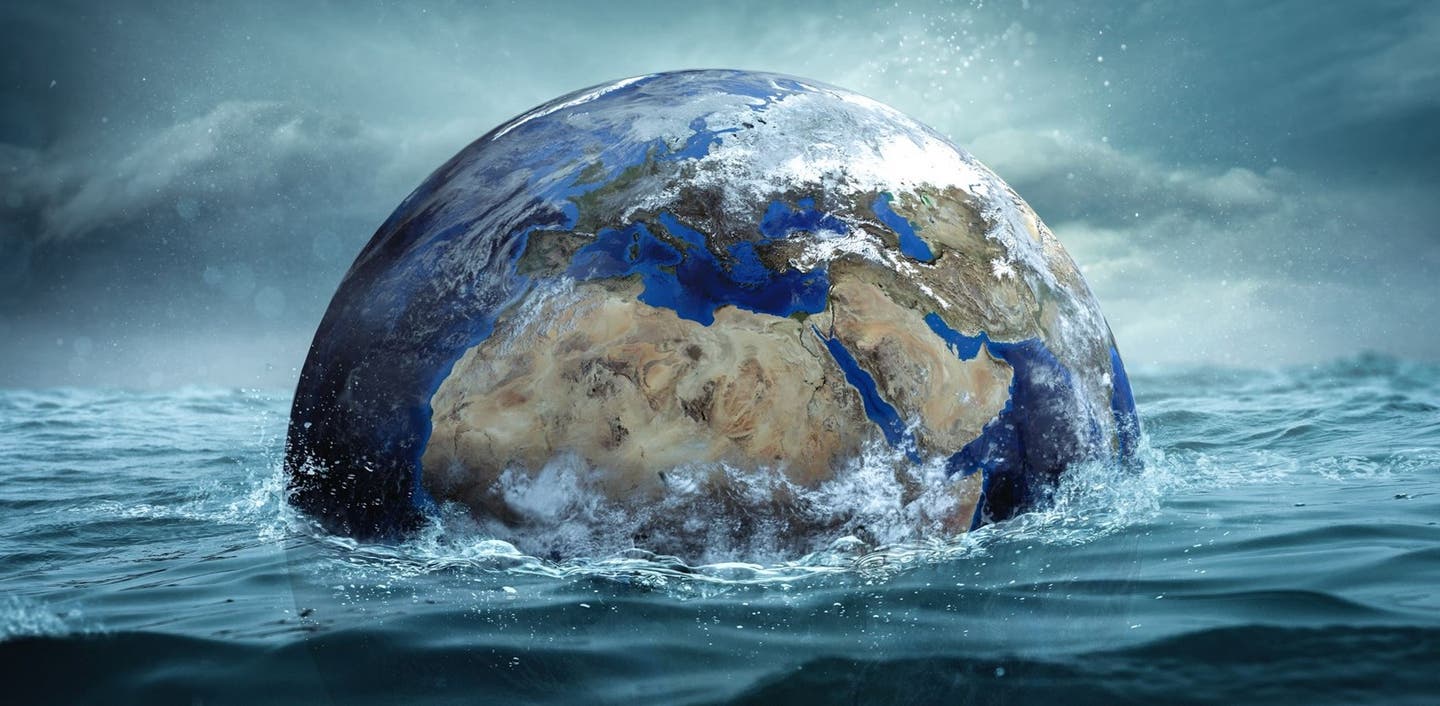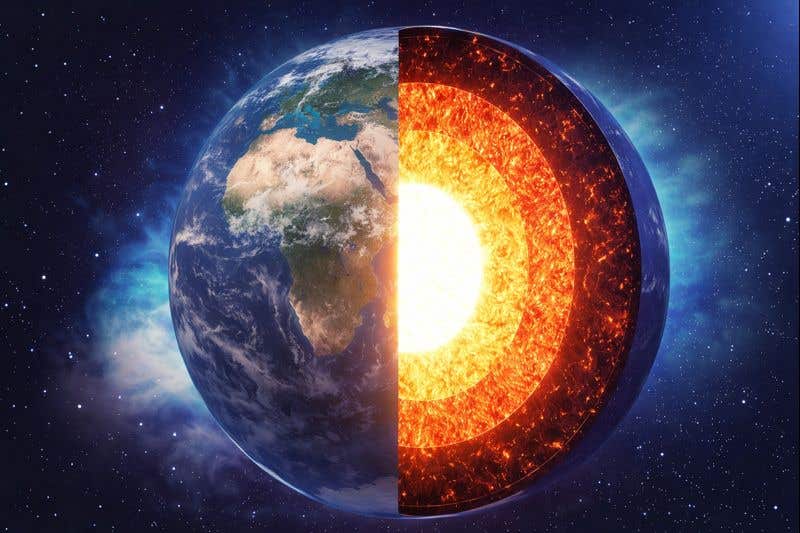Scientists discover surprising connection between the ocean and global climate
Scientists have unveiled the first-ever direct evidence linking seemingly erratic ocean weather systems to global climate patterns.

[Nov. 23, 2023: JD Shavit, The Brighter Side of News]
Scientists have unveiled the first-ever direct evidence linking seemingly erratic ocean weather systems to global climate patterns. (CREDIT: Creative Commons)
In a groundbreaking discovery, an international team of scientists has unveiled the first-ever direct evidence linking seemingly erratic ocean weather systems to global climate patterns.
Led by Hussein Aluie, an associate professor in the University of Rochester's Department of Mechanical Engineering and a staff scientist at the University's Laboratory for Laser Energetics, this team of researchers has unveiled their game-changing findings in the prestigious journal Science Advances.
Ocean Weather: A Hidden Complexity
The oceans, often seen as vast and enigmatic expanses, harbor their own intricate weather patterns, distinct from the meteorological phenomena experienced on land. Benjamin Storer, the lead author of this groundbreaking study and a research associate in Aluie's Turbulence and Complex Flow Group, explains, "The ocean has weather patterns like what we experience on land, but on different time and length scales."
Related Stories
While terrestrial weather patterns may persist for a few days and span roughly 500 kilometers, their oceanic counterparts, known as swirling eddies, endure for three to four weeks but are only about one-fifth the size.
For years, scientists have speculated about the potential link between these seemingly random oceanic motions and global climate patterns, but the complexity of the system made it challenging to measure their interactions. Aluie explains, "We developed a framework that can do exactly that. What we found was not what people were expecting because it requires the mediation of the atmosphere."
A Quest to Understand Energy Transfer
The central goal of the research team was to gain a comprehensive understanding of how energy flows through various channels within the world's oceans. They employed a mathematical method, developed by Aluie in 2019 and further refined into an advanced code by Storer and Aluie, that enabled them to analyze energy transfer across a wide range of patterns, spanning from the circumference of the globe down to depths of 10 kilometers. These cutting-edge techniques were then applied to oceanic datasets sourced from an advanced climate model and satellite observations.
KE filtering spectra. Area-averaged KE spectra (megajoules per square meter; divide by 1025 kg/m3 to obtain traditional m3/s2) as a function of length scale (horizontal axis) and depth (color scale) for four regions of interest (see panel labels). (CREDIT: Science Advances)
The results of their investigation revealed a complex interplay between oceanic weather systems and climate patterns, with energy both intensifying and weakening as they interact.
Remarkably, this pattern mirrors the global atmospheric circulation. Moreover, the researchers identified a crucial role played by an atmospheric band near the equator, known as the "intertropical convergence zone," responsible for generating 30 percent of global precipitation. This zone also proved to be a hub of intense energy transfer, contributing to the generation of ocean turbulence.
Surface maps of Π?. (A, C, and E) ? = 1000 km and (B, D, and F) ? = 120 km from 4 years (2015–2018), with a positive (negative) value indicating a downscale (upscale) KE transfer. (CREDIT: Science Advances)
Studying the intricate fluid dynamics occurring across multiple scales within the oceans is no easy feat. However, Storer and Aluie believe that their research approach offers several advantages over previous attempts to link weather and climate change. Aluie explains, "There's a lot of interest in how global warming and our changing climate are influencing extreme weather events.
Usually, such research efforts are based on statistical analysis that requires extensive data to have confidence in the uncertainties. We are taking a different approach based on mechanistic analysis, which alleviates some of these requirements and allows us to understand cause and effect more easily."
The investigation at the heart of this groundbreaking discovery brought together a diverse and talented team of scientists. Alongside Hussein Aluie and Benjamin Storer, the team featured Michele Buzzicotti, a research scientist at the University of Rome Tor Vergata; Hemant Khatri, a research associate at the University of Liverpool, and Stephen Griffies, a senior scientist at Princeton. Their collective expertise and dedication played a central role in unraveling the intricate connections between oceanic weather systems and global climate.
As we grapple with the challenges posed by climate change and its impact on extreme weather events, this mechanistic analysis approach offers a promising framework for better comprehending the forces at play in our changing world.
Support for the project included funding from the National Science Foundation, the National Aeronautics and Space Administration, and the Department of Energy.
For more green news stories check out our Green Impact section at The Brighter Side of News.
Note: Materials provided above by The Brighter Side of News. Content may be edited for style and length.
Like these kind of feel good stories? Get the Brighter Side of News' newsletter.



